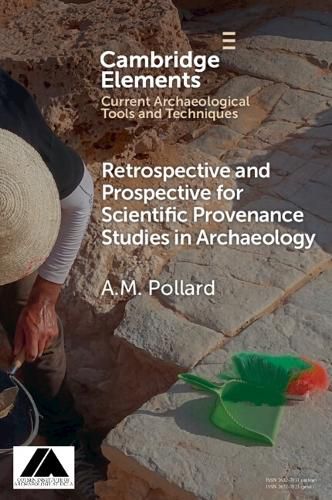Readings Newsletter
Become a Readings Member to make your shopping experience even easier.
Sign in or sign up for free!
You’re not far away from qualifying for FREE standard shipping within Australia
You’ve qualified for FREE standard shipping within Australia
The cart is loading…






Provenance has been one of the major scientific applications in archaeology for a hundred years. The 'Golden Age' began in the 1950s, when large programmes were initiated focussing on bronzes, ceramics, and lithics. However, these had varying impact, ranging from wide acceptance to outright rejection. This Element reviews some of these programmes, mainly in Eurasia and North America, focussing on how the complexity of the material, and the effects of human behaviour, can impact on such studies. The conclusion is that provenance studies of lithic materials and obsidian are likely to be reliable, but those on ceramics and metals are increasingly complicated, especially in the light of mixing and recycling. An alternative is suggested, which focusses more on using scientific studies to understand the relationship between human selectivity and processing and the wider resources available, rather than on the simple question of 'where does this object come from'.
$9.00 standard shipping within Australia
FREE standard shipping within Australia for orders over $100.00
Express & International shipping calculated at checkout
Provenance has been one of the major scientific applications in archaeology for a hundred years. The 'Golden Age' began in the 1950s, when large programmes were initiated focussing on bronzes, ceramics, and lithics. However, these had varying impact, ranging from wide acceptance to outright rejection. This Element reviews some of these programmes, mainly in Eurasia and North America, focussing on how the complexity of the material, and the effects of human behaviour, can impact on such studies. The conclusion is that provenance studies of lithic materials and obsidian are likely to be reliable, but those on ceramics and metals are increasingly complicated, especially in the light of mixing and recycling. An alternative is suggested, which focusses more on using scientific studies to understand the relationship between human selectivity and processing and the wider resources available, rather than on the simple question of 'where does this object come from'.